On Thursday, February 8th I had the pleasure to listen to Mr. Richard Carstensen give a very enlightening presentation about the history and future of the Mendenhall Wetlands. The presentation background can be found on
Discovery Southeast's website, also shown below.
Richard Carstensen will give perspectives from 3 decades of research on Juneau's most important and controversial fish and wildlife habitat. How can an understanding of succession and developmental changes contribute to better management decisions and to imagine the wetlands future?
Richard has been a Juneau naturalist since 1977 and an instructor and researcher for Discovery Southeast since 1988. From 1996 through 2009, his principle research interest was Tongass-wide forest issues and biogeography. More recently, his focus has been closer to home – a watershed-based study of the CBJ, and a deepening fascination with integrating human and natural history.
Since the mid-1980s, Richard's research projects on the Mendenhall Wetlands have mostly revolved around the Juneau Airport. Just as dairies dominated the wetlands from the 1890s to World War II, aviation has dominated since the Great War.
Mr. Carstensen also has been involved with the Juneau International Airport's Citizen Advisory Committee for wildlife issues around the airport. Most of their work looked at bird strike issues and methods to mitigate the danger large birds pose to aircraft.
During his presentation Mr. Carstensen asked the audience to rank from most important to least important the following issues concerning the wetlands: Human Safety, Public Access, and Habitat Projection. Through his work on the Bird Strike Committee he has learned a lot about the local issues that exist with the FAA's responsibility to protect planes from bird encounters while landing or taking off from an airport that is surrounded by high value wetlands, heavily used by large birds.
Mr. Carstensen's presentation was full of wonderful color photos showing how the wetlands have changed and been developed over the last century. The "flats", as it was called, was home to over half a dozen dairy's at one point. When the Juneau Airport was constructed during World War II, the rate of development in and around the wetlands increased dramatically.
The presentation then turned to identifying the various habitat zones from minus tide mud flats up to emergent Sitka Spruce stands and how isostatic adjustment (also called glacial rebound) is affecting changes on the locations and sizes of each of these zones. A major point of discussion was about Lyngbye Sedge and its importance to almost every organism that uses the wetlands. Through vibrantly colored GIS maps, Mr. Carstensen showed the historic and forecast distribution of this important plant and talked about what it could mean to see a significant reduction in its presence on the wetlands. Organisms such as Coho smolt and the local Vancouver Canada Goose rely heavily on this plant during part of the year.
After giving this background on the interdependency of the organisms on the wetlands, Mr. Carstensen turned his attention to the bureaucratic boondoggle that is the FAA's wildlife hazing policy. He outlined some of the major topics from a report he co-authored called
Birds and Plane Safety at Juneau Airport. Probably the most interesting revolation in the report is that the FAA insists that all bird habitat be reduced or removed for plane safety without regard to what kind of bird will be displaced.
He gave the example of tree clearing for the realigned Duck Creek Corridor on the northwest corner of the airport. Before work commenced, the Duck Creek Corridor was a thicket of willows and other brushy trees that was only home to small song birds. The FAA insisted that this habitat be "mitigated" and it was completely cleared, creating prime open habitat for ducks, gulls, eagles and great blue herons that feel safer in wide open spaces and now have better access to Duck Creek which is a salmon stream. In all actuality, the FAA's rules have traded the dangers posed by small song birds for a new highly attractive habit for large, slow flying birds that rank at the top of the list for dangerous encounters near the end of the runway!
He also spoke of two user groups on the Mendenhall Wetlands that, in his opinion, also contribute to increased bird strike risks. Hunters and unleashed dog walkers are typically blamed for altering waterfowl movement habits, especially the seasonal population of Vancouver Canada Geese. These geese use Auke Lake as a loafing spot during daylight hours to escape hunting pressure during waterfowl season. The typical day begins with the birds leaving the wetlands and flying over Pederson Hill to sit on the lake all day. This fight puts them directly in line with planes approaching the runway over Mendenhall Peninsula and the birds tend to fly at almost an incept altitude with the planes. When the sun sets and shooting time ends, the birds return via the same course and feed on the wetlands at night. Some wetland users say that hunting should be closed for this reason.

By far the most interesting portion of his presentation came at the end where he unveiled his idea to reduce the bird strike risk posed by geese flying between
Auke Lake and the wetlands. His proposal is to turn the mouth of Fish Creek on
Douglas Island into a closed area to hunting and dog walkers. Fish Creek currently consists of a large tidal marsh that is bounded by natural slopes on both sides and a hard rock island at the mouth that forms a natural wind buffer. In the past two dredge ponds were excavated on both sides of Fish Creek and berms were constructed during this process.
Over the years Fish Creek has eroded the bank on the southwest pond and reopened it to the tidal influence. The Alaska Department of Fish and Game uses this pond as the release point for a very popular king salmon terminal fisheries project. Each year a net pen is constructed in the pond where juvenile king salmon are placed until they acclimate for release. These fish imprint on the pond before they leave for the ocean and return 3-4 years later. The returning fish are caught by locals and visitors either trolling in boats in Fritz Cove or by fishing in the pond. At the height of the fish run, the berms are lined with fisherman standing shoulder to shoulder trying to catch up to 4 king salmon each.

The northeastern pond is still disconnected from Fish Creek and tidal influence and does not support much, if any, fishing opportunities. Both ponds are too deep to support the vegetation preferred by waterfowl and the berms support thick hedges of Sitka Spruce. These natural barriers make the ponds very uncomfortable habitat for geese as they prefer open spaces that give them plenty of time to spot approaching danger. If nothing were to be done to the ponds and berms, geese are unlikely to use this area even if human activities were restricted.
In Mr. Carstensen's proposal, most of the berms and the spruce trees would be pushed back into the ponds to reduce their depth and open up the views so waterfowl will once again find them suitable. Public access would be limited during waterfowl season so human activities would not stress the birds and they would use this area as a refuge. Bird watching blinds would be installed so non-consumptive users could still enjoy the birds.
It's a wonderful idea, but it makes me a little uncomfortable to close part of the refuge. While I agree that it's typical at most refuges across the country to have areas that are closed to public access, Juneau's Mendenhall State Game Refuge is not your typical refuge. Because it's basically Juneau's "Central Park" there are many user groups who consider it "their" wetlands. There is a vocal group of homeowners, naturalists and others who do not want to see hunting on the refuge any more. Never mind that it was created for hunting, is funded by taxes and fees collected from hunting licenses and permits, they still try to say that it is too risky and annoying to continue to allow hunting.
Unfortunately, some local hunters, usually younger people in high school, have made some unwise decisions and each time they do, they feed the anti-hunters agenda.
I would support the creation of the Fish Creek closure if there was some way to prevent it from turning into a rally cry to close the whole refuge. I'm also not convinced that the dog owners could be trusted to respect the closure. I regularly walk my dog on several trails in the refuge and I have had to contend with MANY dog owners who have no control over their K-9's. They'll tell you their dog is harmless while it runs-a-muck, and I don't think they're responsible enough to be trusted to respect the closure. This would then create a need for enforcement and require extra resources from CBJ Animal Control.










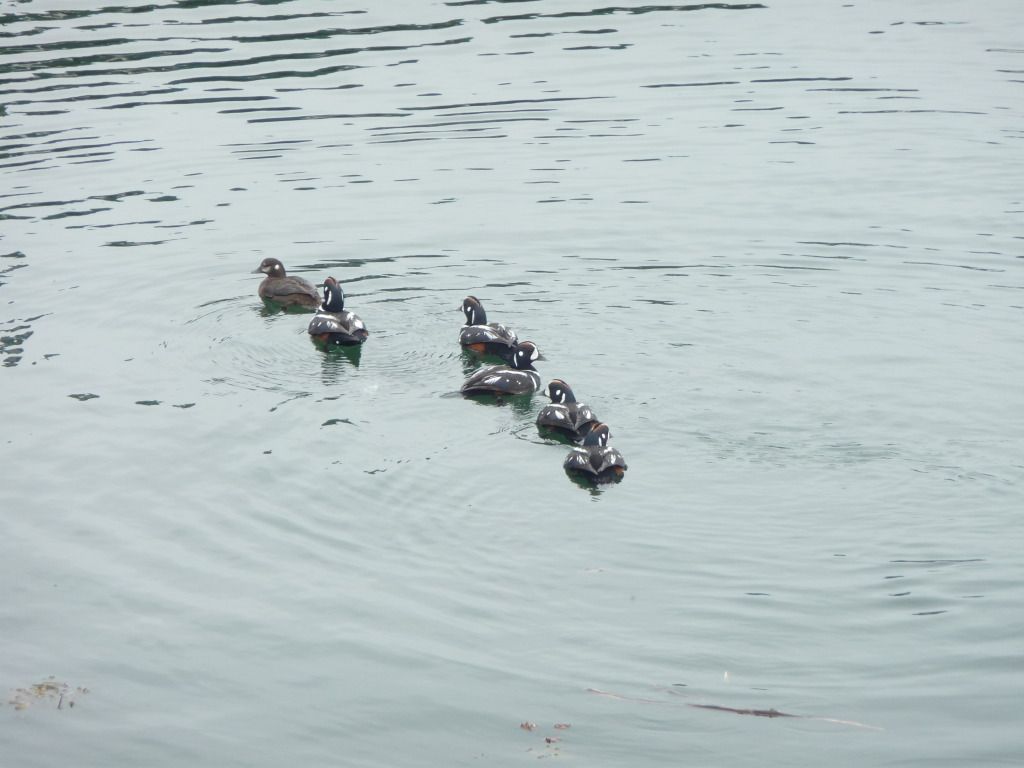

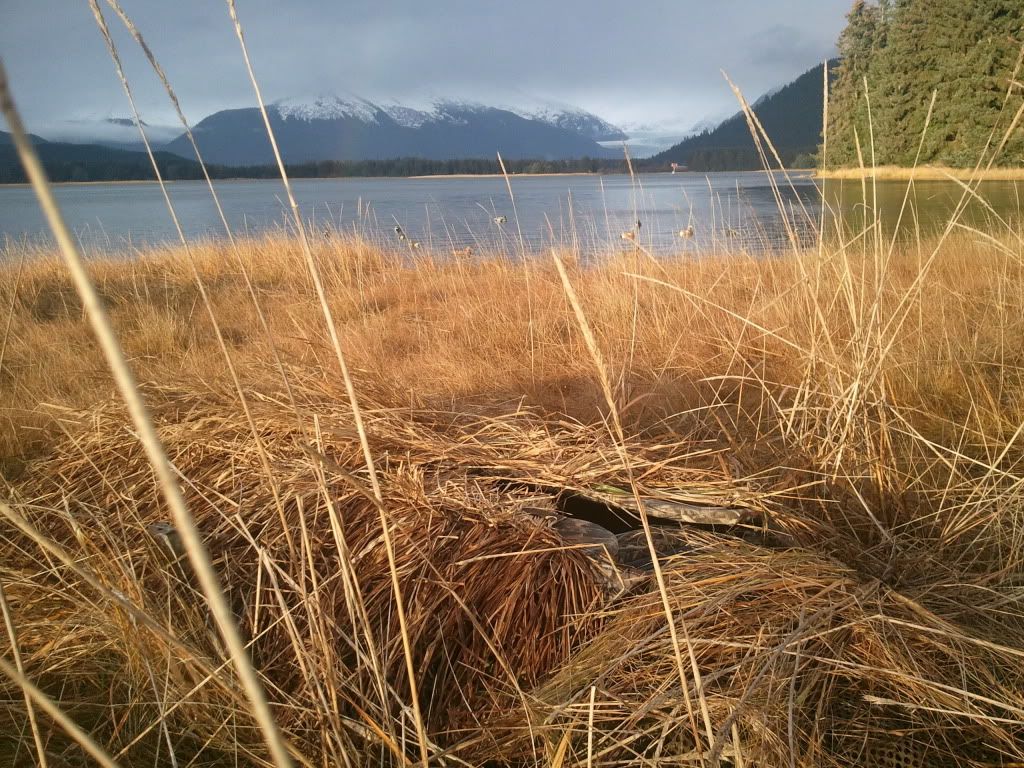

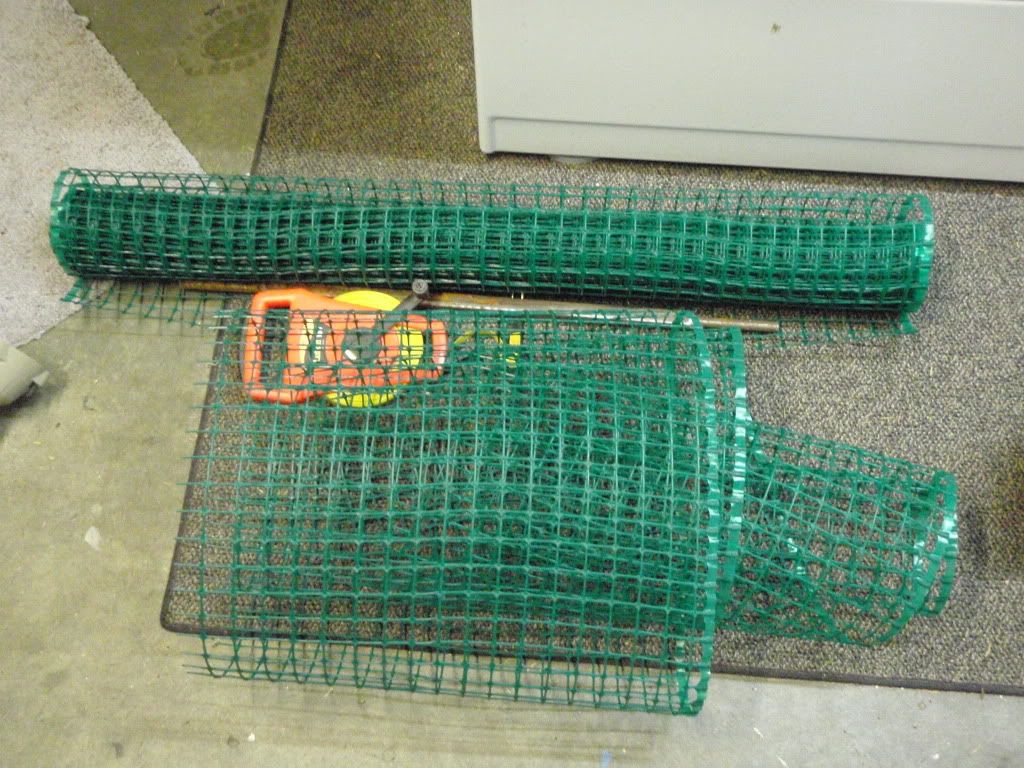
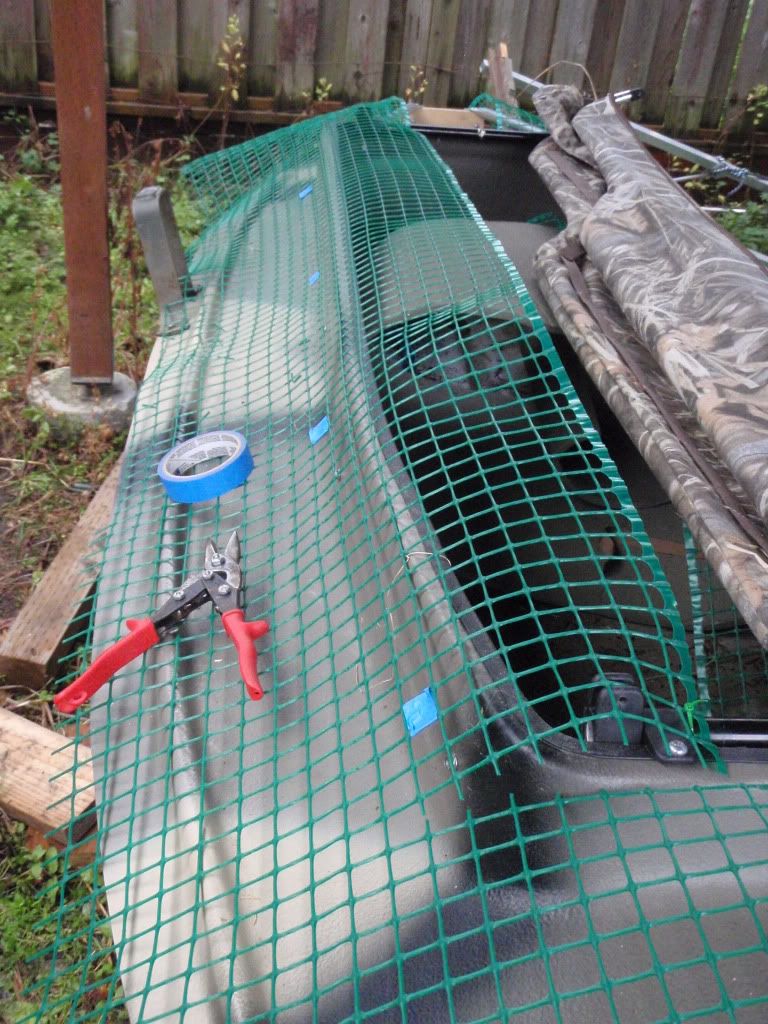
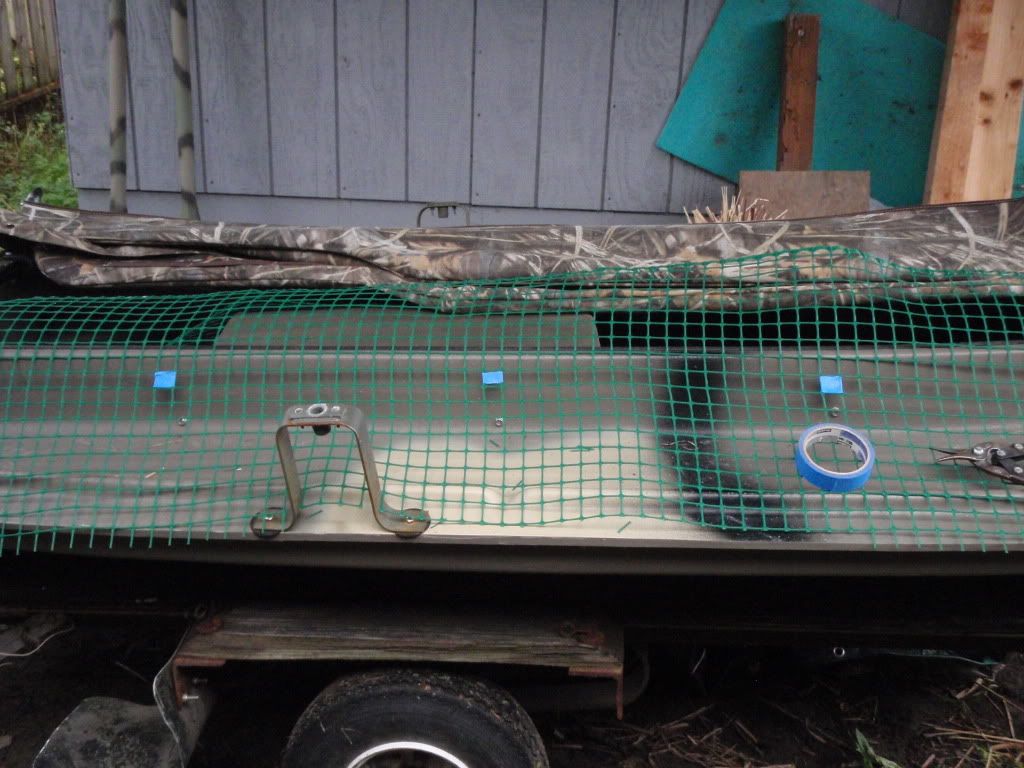
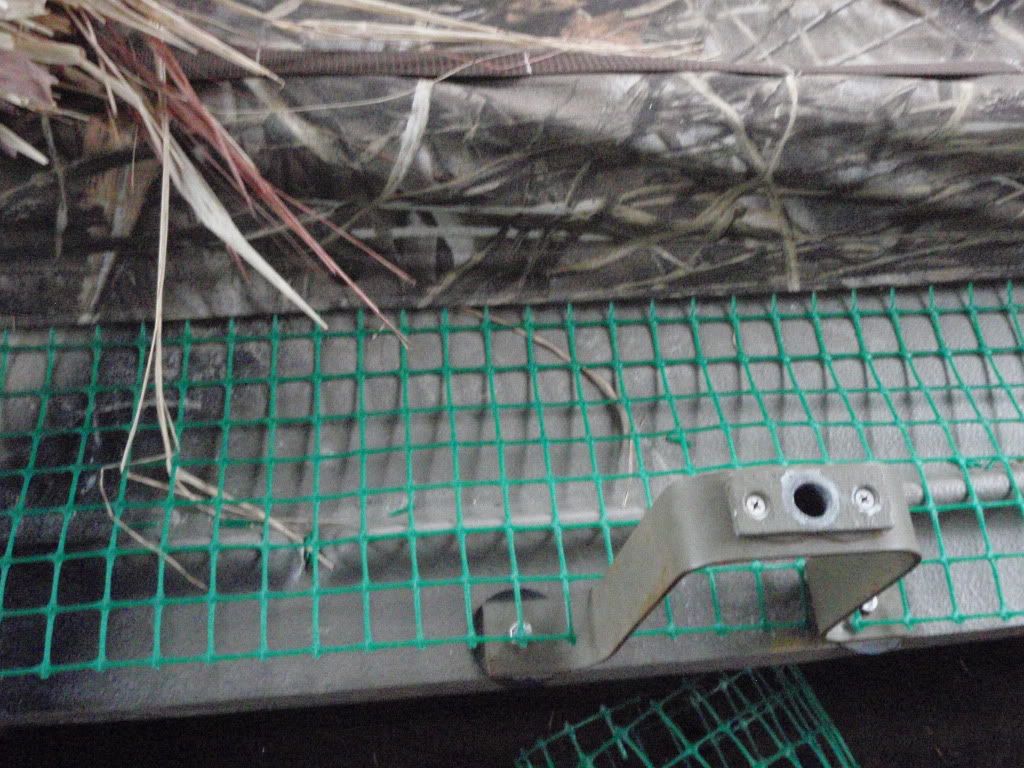
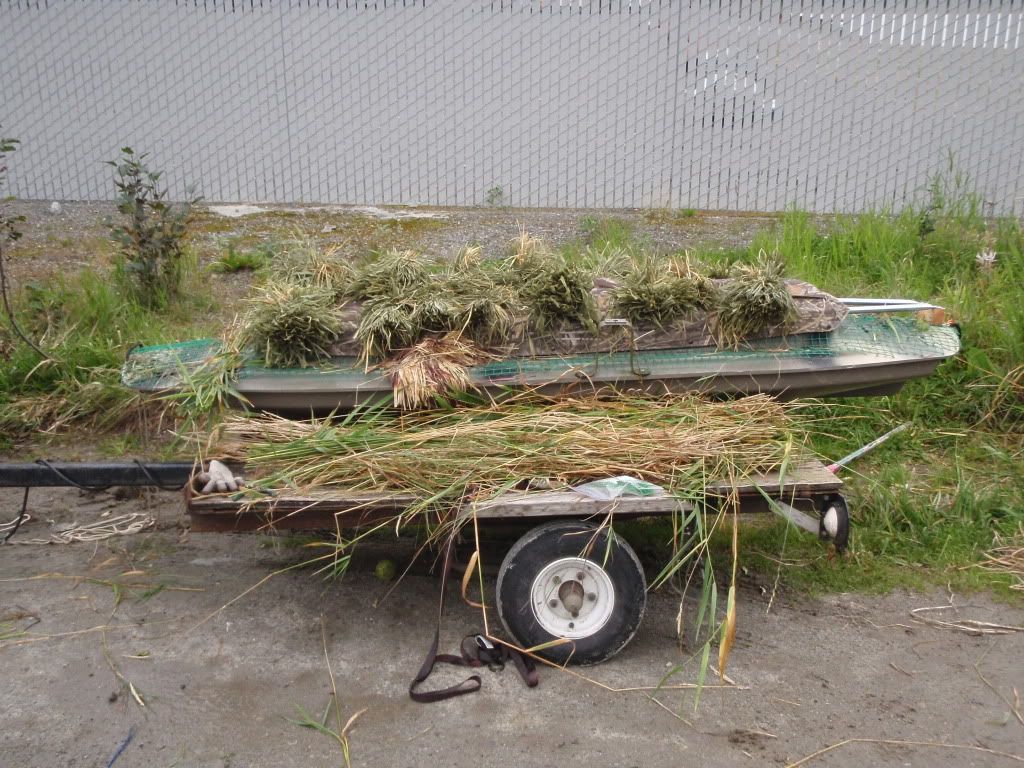
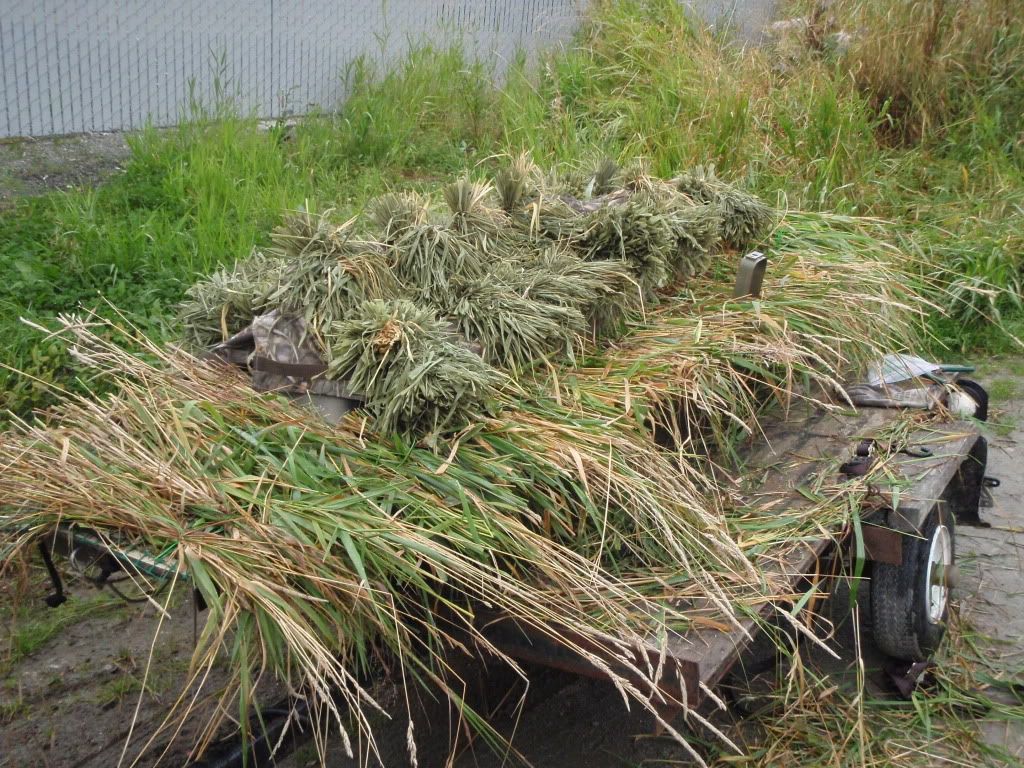
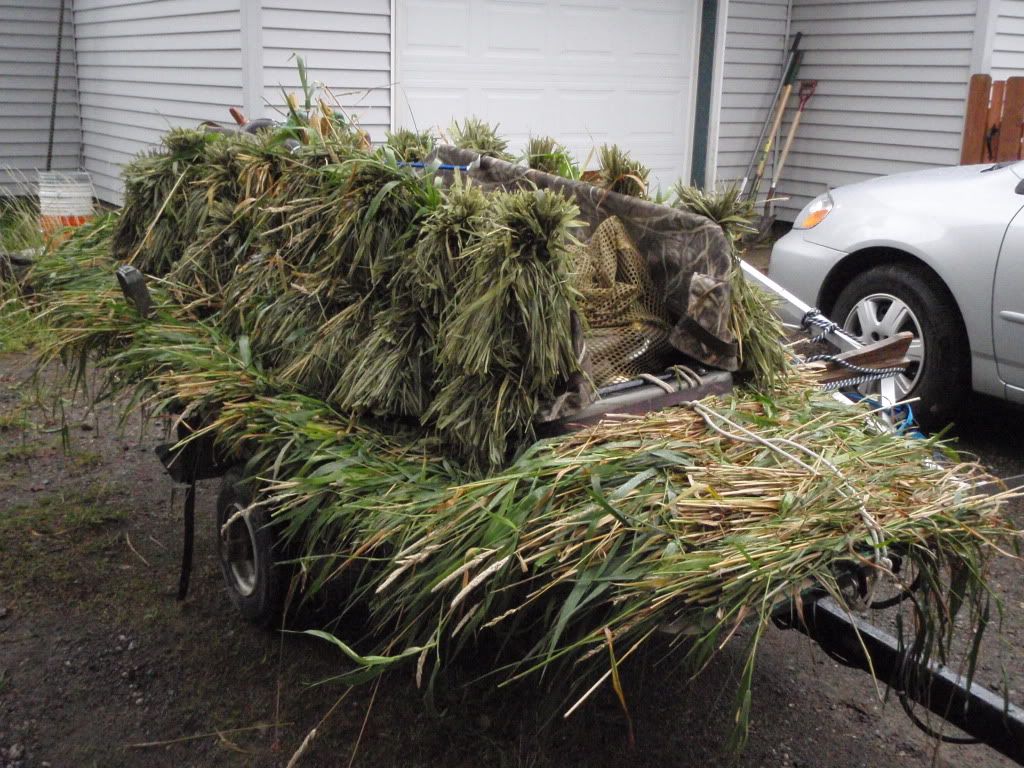
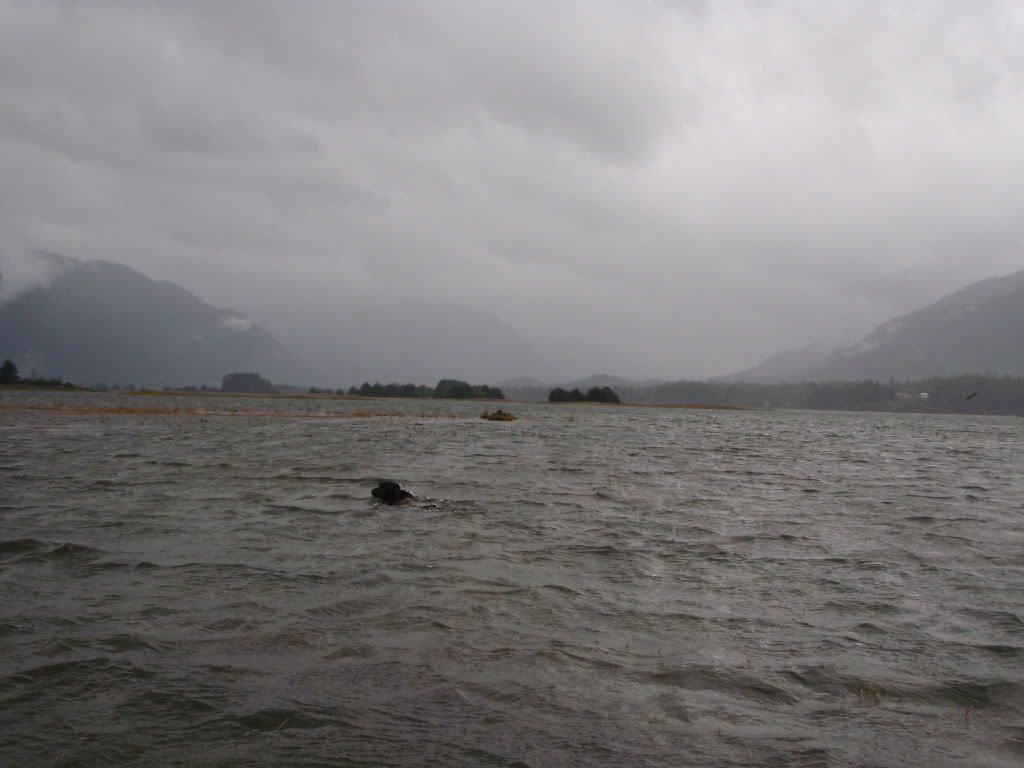
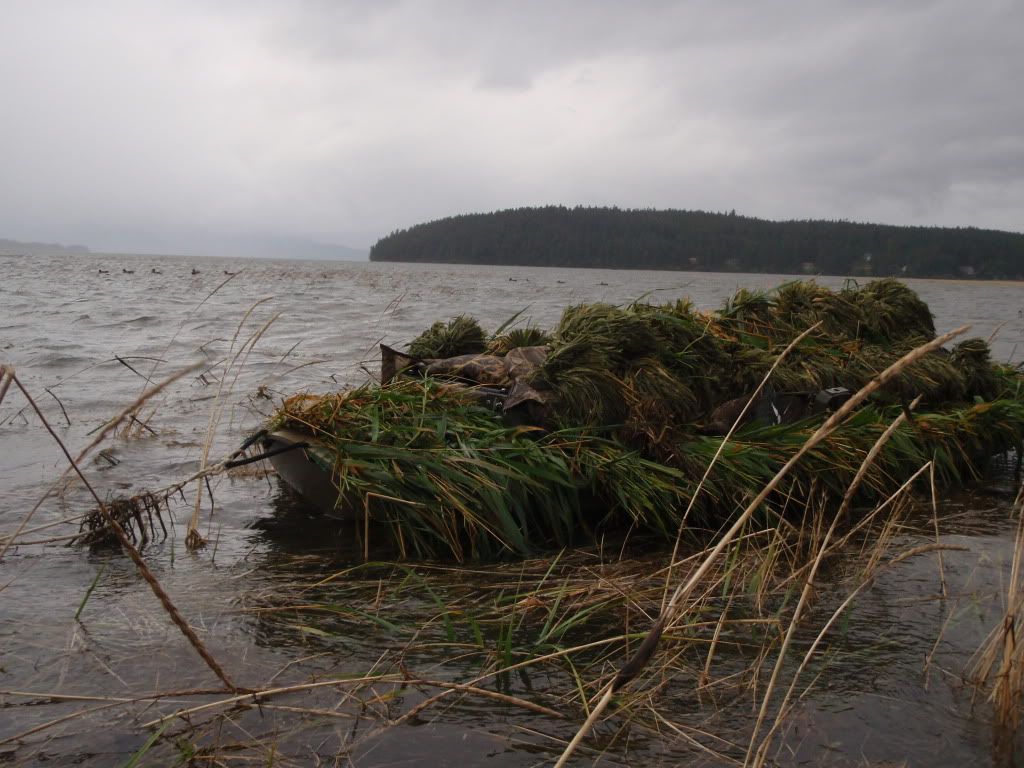
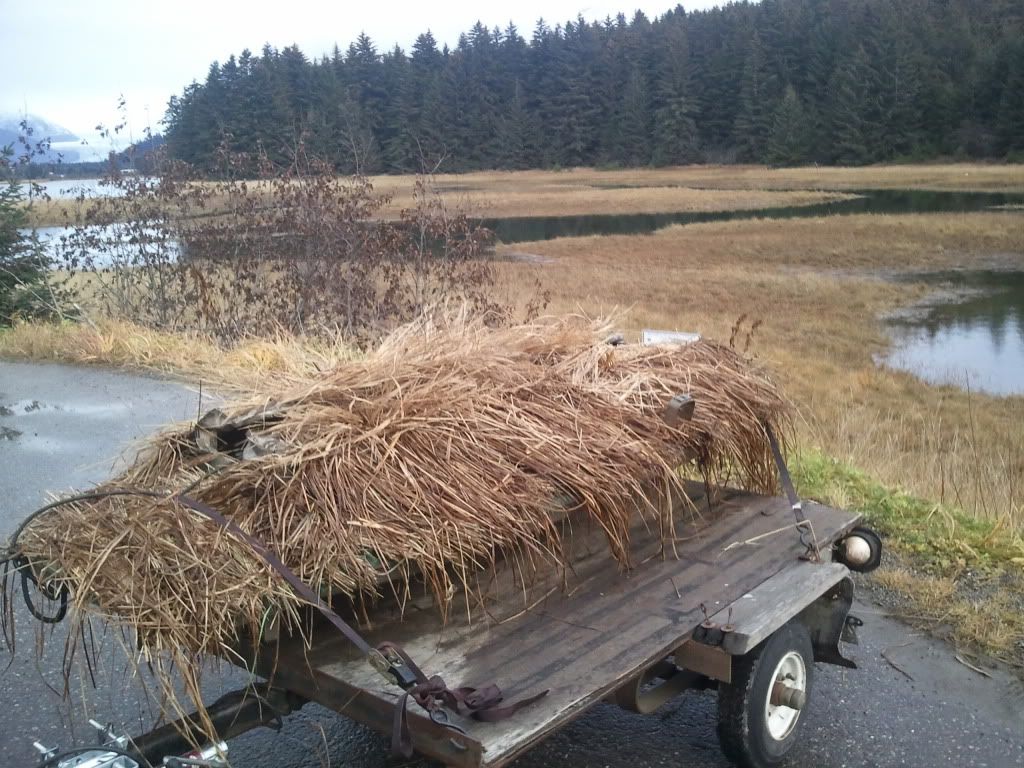



.JPG)
